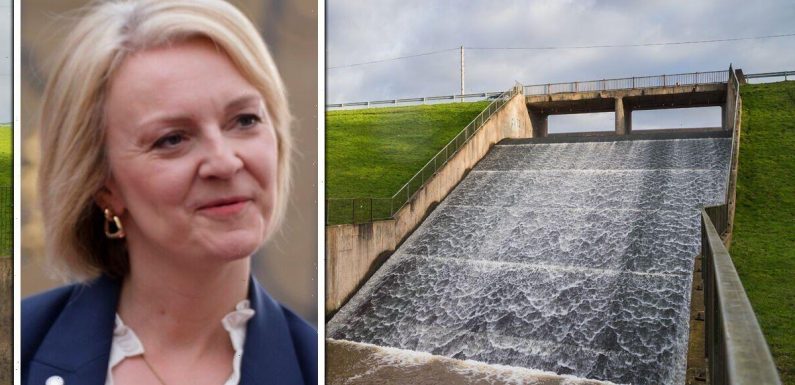
Norwegian hydro power set to help the UK with energy
We use your sign-up to provide content in ways you’ve consented to and to improve our understanding of you. This may include adverts from us and 3rd parties based on our understanding. You can unsubscribe at any time. More info
Experts have told Express.co.uk, that by harnessing hydropower from rivers, and repowering the existing plants, the UK could power millions of homes. Russia’s invasion of Ukraine in February this year has put global energy security at risk. Currently, the UK is facing a major fossil fuel energy crisis, as the soaring wholesale cost of gas has sent household bills spirally, while increased competition for energy supply has meant that the country is scrambling to secure additional supplies of power this winter. As a result, the Government has been looking to boost the UK’s energy security, through an increase in renewable electricity generation through new wind and solar farms, along with new nuclear plants.
However, experts note that the UK is missing out on a major source of electricity that can be affordable, quick, and solves some of the main criticisms of renewable electricity.
Speaking to Express.co.uk, Pascal Radue, CEO and President of Hydro Solutions and General Electric said: “Fundamentally, hydropower today is already now the biggest renewable energy resource that we have on the planet.
“There’s an interesting distinction to be made between installed hydropower which is called run of the river hydropower, and then what we call pump storage.”
Fatih Birol, the Executive Director of the International Energy Association said: “Hydropower is the forgotten giant of clean electricity, and it needs to be put squarely back on the energy and climate agenda if countries are serious about meeting their net zero goals.”


Mr Radue added that hydropower has some benefits compared to solar and wind: “With the arrival of wind and solar, which are intermittent by nature, the role of pump storage has increased significantly in hydropower.
“Pump storage is fundamentally a closed loop system. You have water at the bottom, water at the top, you pump it up, when soak up that power that you don’t need elsewhere, and you let it run down when you want to release the power.
“Fundamentally, you can easily power the world today, with solar, wind, hydro and pump storage. I think hydropower is super viable for pumped storage.”
“For the traditional installed base, it’s very viable to repower existing facilities. We have many existing facilities, and often they are quite old, and often it’s very easy to repower them.”

Repowering a hydro plant involves replacing the old turbines and electricity generators with more powerful and efficient models that use the latest technology, allowing it generate more power.
Mr Radue said: Basically, you change the turbine and change the generator, and you immediately increase the efficiency of the plant, which is 50-60, and you get a very quick way off generating zero-carbon power.
“Hydro is quite wide-ranging, you can go from small generation to large hydro dams that generate power for millions of households.
“Repowering of these existing plants is a lot cheaper than building a new hydro facility because you don’t need to build a dam or all the infrastructure is there. The only thing you need to change is the tiny thing which is the turbine and the generator, which is relatively quick and cheap to do.”
DON’T MISS:
Downing Street accused of indifference’ about vaccines [REVEAL]
Covid origin theory blown open as China stockpiled West’s PPE [REPORT]
Europe at risk of being cut off from rest of world by Putin [INSIGHT]


According to the International Hydropower Association (IHA), Britain has an estimated 2.4 gigawatts (GW) of viable hydropower potential.
However, Mr Radue noted that by repowering old hydropower stations, generators could typically look at a 20 percent increase in the electricity being generated.
Another benefit of repowering plans is that it significantly extends the station’s lifespan, with Mr Radue saying: “That’s something that’s very interesting about the life of the hydro plants, they have a very long life.
For example, the Nant de Drance plant in Switzerland has an 80-year concession, and through repowering it, you can extend it even further.”
Source: Read Full Article